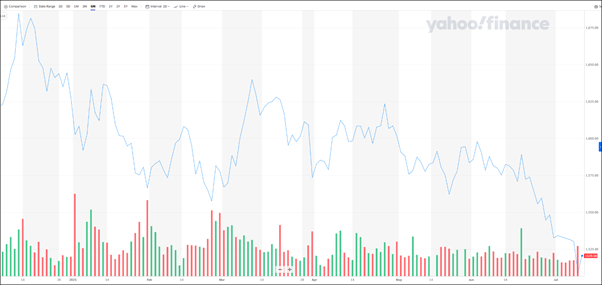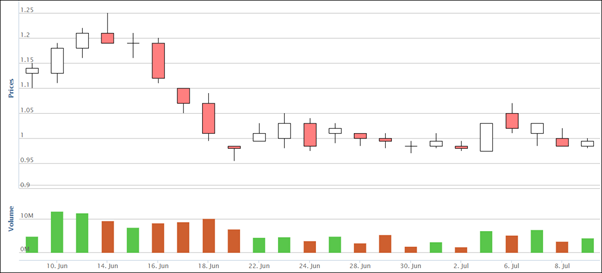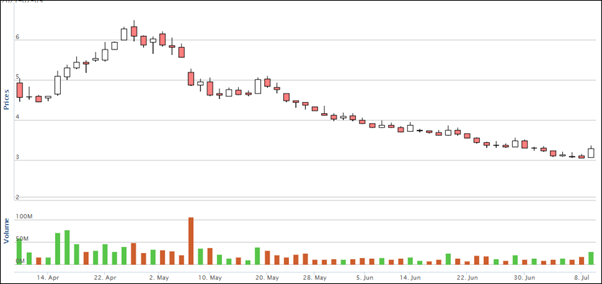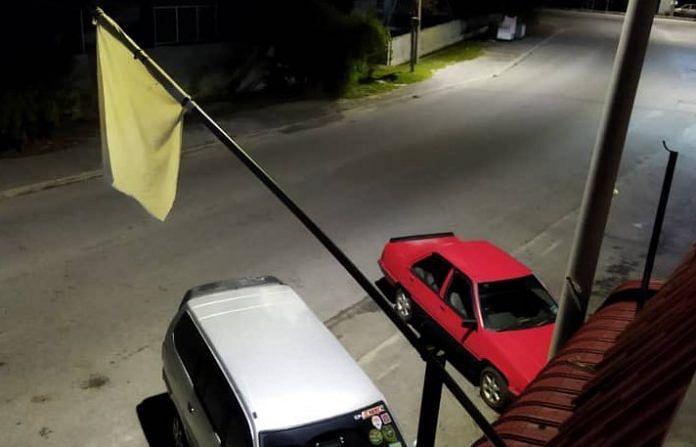https://youtu.be/rMxGVVBUSIc
Walking Backward: Benefits for Mind and Body - Healthline
LAST month, I wrote about how it is not strictly necessary to walk 10,000 steps a day for better health (Walking 10,000 steps a day, Two Fit, StarHealth, June 13).
Due the way our human brains are wired, we all assume walking always refers to forward motion.
Today, on a reader’s request, I’m going to discuss the effects of walking backwards, also known as retro walking or reverse walking.
Walking as a physical exercise has plenty of benefits: it’s easily accessible (though not in all areas, such as those under the enhanced movement control order), doesn’t require registration fees, and can be done any time at your convenience, indoors or outdoors.
However, walking in reverse makes the heart pump faster and circulates more blood and oxygen to the muscles and organs, including the brain.
Because it places a greater challenge on your body, walking backwards gives you a better cardiovascular workout, and perhaps, faster weight loss if that’s what you’re aiming for, compared to walking forward.
Apparently, 100 steps of backward walking is equivalent to roughly 1,000 steps of conventional walking, which explains why you can burn calories quicker.
Walking backwards also heightens your sense of balance and hearing, as you cannot depend on vision alone to steer you.
If you notice footballers in training, their coaches will include drills that include backward running and jumping.
Backward walking training is becoming a popular treatment method for people with musculoskeletal disorders, Parkinson’s disease, multiple sclerosis and cerebral palsy, as well as post-stroke patients.
Brain and pain
Basically, walking backwards helps fire up the neuromuscular pathways that tend to get sluggish as we age.
One way to keep these neural circuits active is to exercise and slow down the natural rate of their degeneration.
Tests with backward-forward walking are also used for diagnostic purposes as these tests show how well our brain and body can coordinate our balance and mobility.
In addition, geriatricians might use walking backwards as a diagnostic tool to predict the likelihood of a fall in elderly people and patients with dizziness.
By regularly walking backwards, you are exercising the same neuromuscular circuits that these doctors are checking with this test.
Ageing brings about a lot of challenges, especially to our natural ability to “automatically” do things.
You may have noticed older people appearing to concentrate as they lift their feet to walk; this is because it is more difficult for them to “walk without thinking”.
This happens to the best of us when we lose the automaticity of walking.
For those experiencing lower back and knee pain, backward walking is a good alternative as the motion places less strain on the knees.
It may be useful for anyone experiencing pain going up and down stairs, or doing lunges or squats.
Hikers can also give their overused muscles a break by trying something different.
According to a 2019 study published in the journal BMC Musculoskeletal Disorders, a six-week retro walking programme resulted in greater reduction in pain and functional disability, and improved quadriceps muscle strength and performance in individuals with knee osteoarthritis, when compared to the forward walking or control groups in the study.
The subjects completed 10 minutes of supervised retro or forward walking training, in addition to usual care, three days a week for six weeks.
In another study published in the Journal of Biomechanics ,itwas also found that reverse or backward running reduced anterior knee pain.
From heel to toe
During a forward walk, most people will begin with the heel first gait as it is more efficient in transferring stored energy into motion so that our muscles don’t have to do as much work.
With each step, some energy of motion is lost when your feet hit the ground.
When you walk on the balls of your feet, you lose more energy due to these “collision forces” than you do if you walk heel first.
On the other hand, toe-walking, often used by ballerinas, requires activation of certain calf muscles that don’t need to be used in heel first walking, as your weight is directly supported by your heel.
In backwards walking, the toes have to contact the ground first and the heel is lifted off the ground last.
So, even if you have long legs, your strides can’t be too long unless you’re accentuating the movement.
If you’re an early riser (unlike me), you might be able to catch some backward walkers in action at our public parks.
They usually belong to tai chi groups, and while they walk, they will clap their hands as traditional Chinese medicine practitioners believe the palms have many acupressure points that can be stimulated via clapping.
Improved memory 
Several studies also show that walking backwards can boost memory power and take you “back” in time.
In 2019, psychologist Dr Aleksandar Aksentijevic at the University of Roehampton, United Kingdom, and colleagues published a study called It Takes Me Back: The Mnemonic Time-Travel Effect in the Cognition journal.
They asked 114 volunteers to watch a video in which a woman has her bag stolen by a passer-by.
Ten minutes after watching the video, the participants were split into groups: one was told to walk forward 10m and another backwards 10m, while those in the control group stood in one place.
They were then asked 20 questions about the events in the video.
It was found that the backwards walking group got two more answers correct on average than the forward-walkers and the non-walkers.
The researchers also did another variation of the experiment, which tested several groups on how many words the volunteers could remember from a list.
One group walked backwards, while other participants simply imagined moving forward or backwards, or watched a video filmed on a train, which created the impression of moving forward or backwards.
In all scenarios, the backwards group or those who imagined walking backwards got the most answers right.
You don’t need to spend a whole lot of time walking backwards to reap its benefits. Just slot it in as a one-minute interval during your regular workout.
Check that the area behind you is clear so that you can walk confidently without bumping into anything.
Or find a partner so that he or she can keep an eye out for potholes and uneven surfaces, as our public roads and parks are full of them.
Better yet, grab a stick and have your friend lead you.
As muscles work in pairs and walking backwards recruits a new pair, you’ll inevitably feel some initial adjustments.
An added bonus is that your posture also improves while walking backwards as you tend to stand taller – it’s practically impossible to slouch while in reverse gear!
Combine both types of walking and add in some lateral walking as well to give all your muscles a workout.
As you get stronger and more confident, try walking backwards on an incline.
Having balanced muscles goes a long way towards reducing joint pain.
Revathi Murugappan is a certified fitness trainer who tries to battle gravity and continues to dance to express herself artistically and nourish her soul. For more information, email starhealth@thestar.com. my. The information contained in this column is for general educational purposes only. Neither The Star nor the author gives any warranty on accuracy, completeness, functionality, usefulness or other assurances as to such information. The Star and the author disclaim all responsibility for any losses, damage to property or personal injury suffered directly or indirectly from reliance on such information.
Related post:











 Nasam founder and chairperson Janet Yeo started Nasam in 1996 while she was recovering from a stroke. Photo
Nasam founder and chairperson Janet Yeo started Nasam in 1996 while she was recovering from a stroke. Photo
















